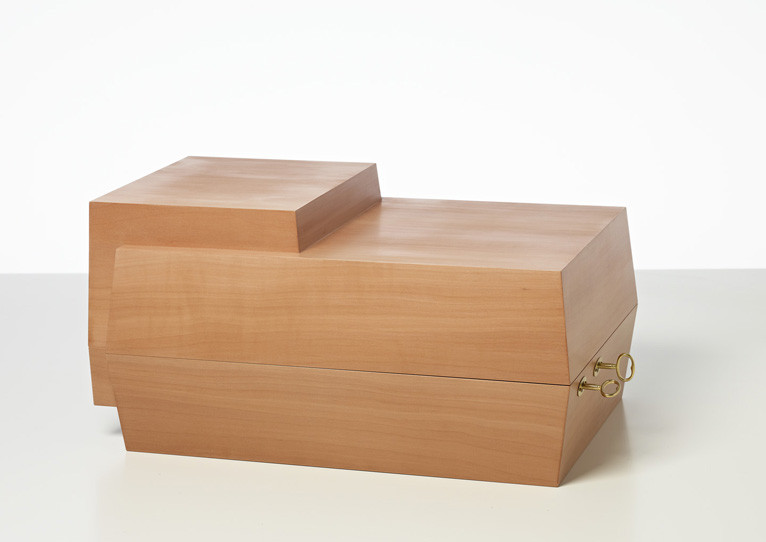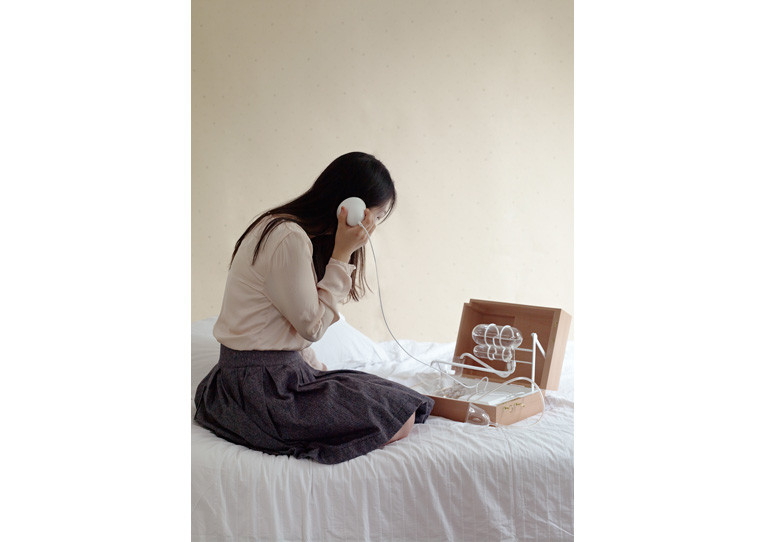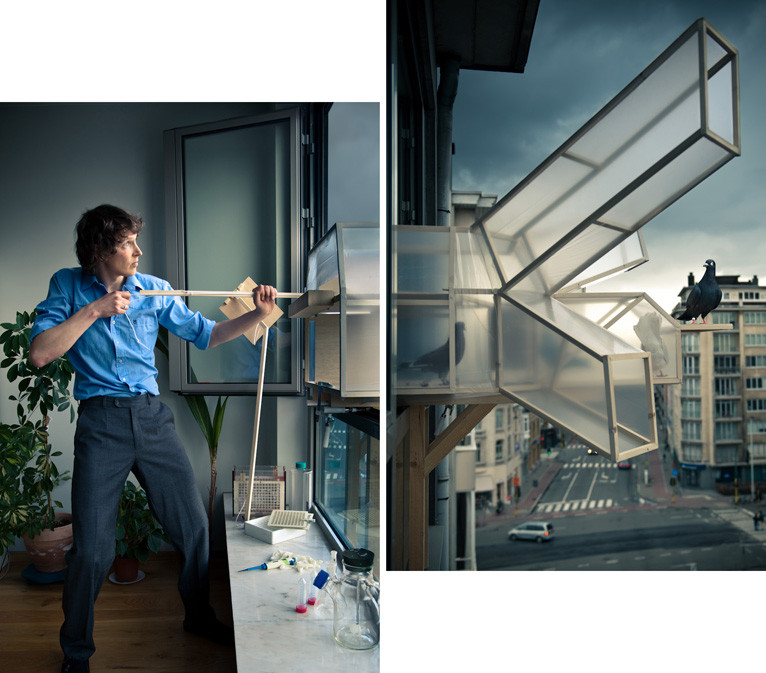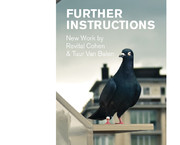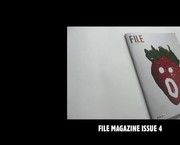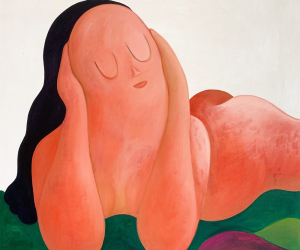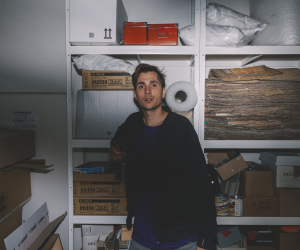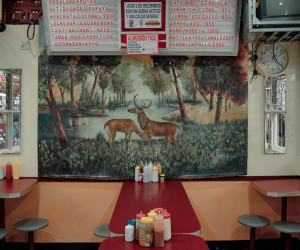
FURTHER INSTRUCTIONS
Posted by Fabio 30 September 2010
FURTHER INSTRUCTIONS was an independent critical design exhibition showcasing new work by Revital Cohen and Tuur Van Balen. Situated on the experimental edge of the London Design Festival, the show featured two new projects: one exploring the use of tumour targeting nano-gold particles as hypothetical family heirlooms, the other proposing the use of feral pigeons and synthetic biology for aesthetic interventions in urban metabolisms.
Genetic Heirloom – Revital Cohen
With the increased availability of genetic information, the view of our body and identity as a sequence of genes is becoming prevalent. This perception of ourselves has the power to reconstruct our familial relationships and challenge our conception of responsibility, risk and autonomy. Gold and silver, much like a number of genetic cancers, are traditionally passed down the generations as inheritance.

The emerging use of precious metals in medicine and especially in cancer treatment draws parallels between material heirloom and genetic ancestry.
The project consists of a series of speculative heirloom objects, based on the medical applications of nanogold particles and responds to the new moral codes of genetic responsibility. Each object address a certain issue within this context; focusing on the emotional and psychological implications of genetic knowledge.
How does the comprehension of genetic vulnerability change our behaviour?
Can new materials have an effect on our morals and social structures?
Revital Cohen is featured in the latest issue of FILE
–
Pigeon D’or – Tuur Van Balen
The city is a vast and incredibly complex metabolism in which the human species is the tiniest of fractions; tiny and yet intrinsically linked into an organic embroidery beyond our understanding. It is within this complex fabric that (future) biotechnologies will end up. Pigeon d’Or proposes the use of feral pigeons as a platform and interface for synthetic biology in an urban environment by attempting to make a pigeon defecate soap.
By modifying the metabolism of pigeons – specifically the bacteria that live in their gut – synthetic biology might allow us to add new functionality to animals that are commonly condemned as being “flying rats.” The pigeons would be fed a specially designed bacteria that turns faeces into detergent and is as harmless to pigeons as yoghurt is to humans.
Through the pursuit of manipulating pigeon excrement and designing of appropriate architectural interfaces, the project explores the ethical, cultural, practical and aesthetic consequences of designing biology.


